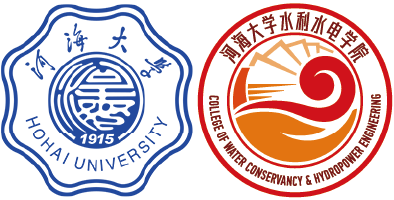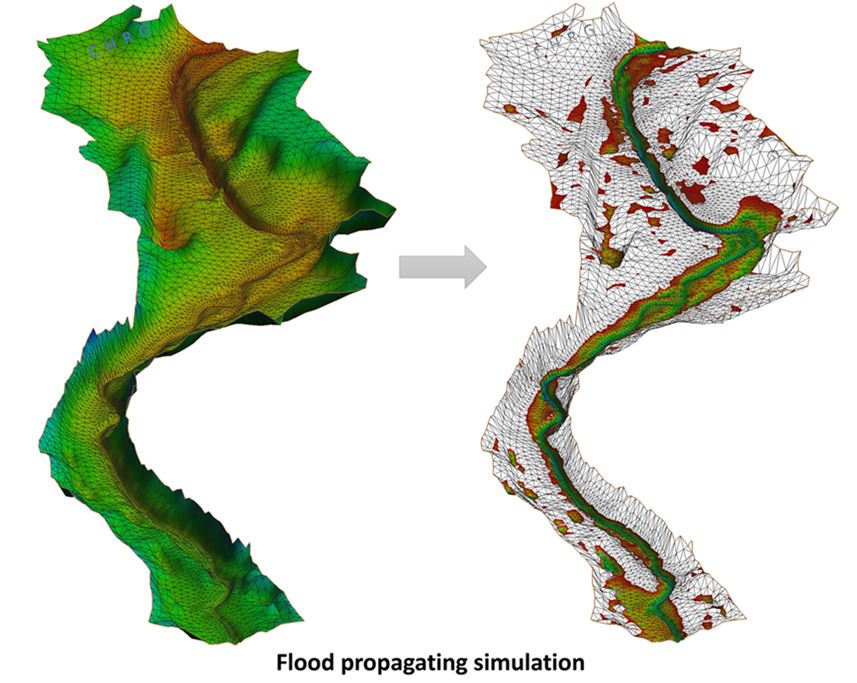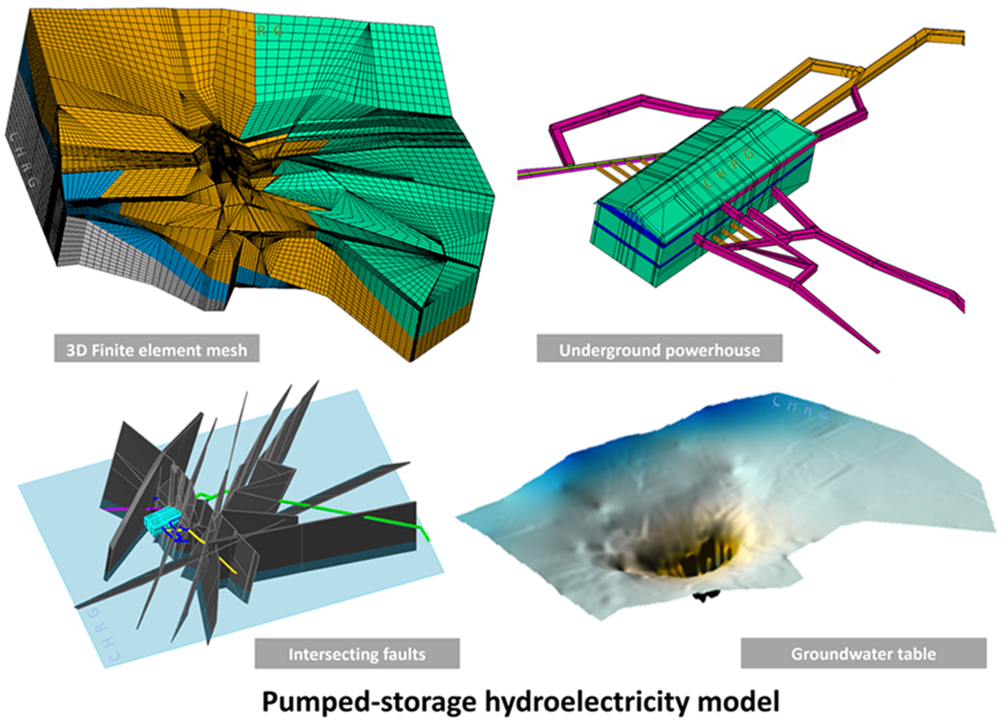Chen Hydrology Research Group



Groundwater-surface water interactions and its impacts on the inland water environments
I focus on the mechanisms of surface water-groundwater interactions and their impacts on inland water environments. My research investigates hyporheic exchange processes driven by the internal structures of complex river systems, with a particular focus on how river morphology influences interfacial flow and solute transport. This work also examines surface water-groundwater interactions shaped by three-dimensional riverbed topography and vegetation, which play a key role in governing these processes.
To advance our understanding, I conduct field experiments in a range of hydrological and climatic regions. These studies leverage multi-scale tracer techniques, employing natural tracers like temperature and radon isotopes alongside artificial tracers such as sodium chloride and others, to uncover the dynamics of surface water-groundwater exchanges.
Furthermore, my recent research extends to observing and modeling greenhouse gas emissions from rivers and lakes. I investigate how surface water-groundwater interaction zones create favorable biogeochemical conditions for greenhouse gas emission. Through this work, I aim to enhance our understanding of aquatic systems and their influence on broader environmental and climate processes.
Flood and debris flow simulation
I am also engaged in research on flood simulation and debris flow modeling. These studies focus on understanding and predicting the behavior of floods and debris flows under various environmental and climatic conditions. Flood simulations help analyze water flow patterns, inundation areas, and potential risks, providing critical insights for disaster prevention and urban planning. Similarly, debris flow modeling examines the initiation, movement, and deposition of sediment-laden flows, offering valuable guidance for slope stability assessment and mitigation strategies. Through advanced computational methods and field data analysis, my work aims to contribute to effective disaster management and resilient infrastructure development.



Engineering-scale related seepage flow simulation
I have received extensive training and dedicated my efforts to the analysis and resolution of seepage stability challenges in hydraulic engineering. With the rapid expansion of pumped-storage hydroelectricity (PSH) construction in China, critical issues such as reservoir leakage and seepage in underground powerhouses have become increasingly prominent. The deep burial of underground powerhouses, coupled with complex geological conditions and high groundwater pressures, poses significant risks to the seepage stability and safety of powerhouses and water conveyance systems.
To address these challenges, we employ finite element numerical methods to simulate and predict the three-dimensional seepage field in the project area. This approach enables us to determine seepage flux in critical engineering zones and propose effective drainage and anti-seepage measures (e.g., cutoff walls, or grouting). These efforts provide robust scientific support for ensuring the safe operation of the project and facilitating informed decision-making in management.






Our seepage analysis research also extends to tailing dams, a type of structure designed for waste containment. Tailing dams are characterized by their evolving and less robust nature, which poses significant safety and environmental challenges. They are particularly prone to instability due to dynamic loading, seepage, and liquefaction caused by the fine-grained nature of the tailings. Additionally, they are vulnerable to overtopping, especially during heavy rainfall. Three-dimensional seepage analysis of tailing dams provides valuable insights into groundwater levels within the dam, changes in the internal seepage field caused by drainage systems, and the effectiveness of anti-seepage measures within the tailings deposit.
© 2024 College of Water Conservancy and Hydropower Engineering, Hohai University
Site Last Modified: September 1, 2024


